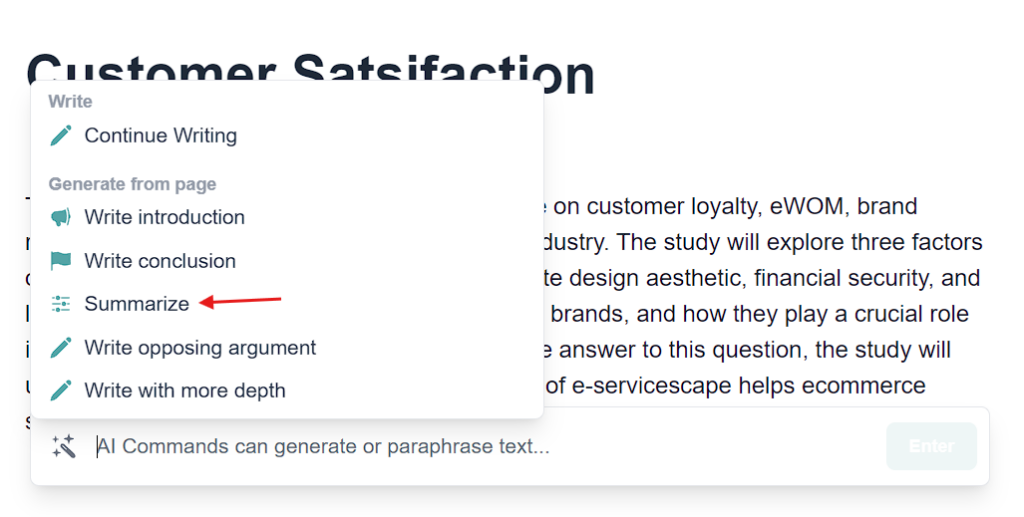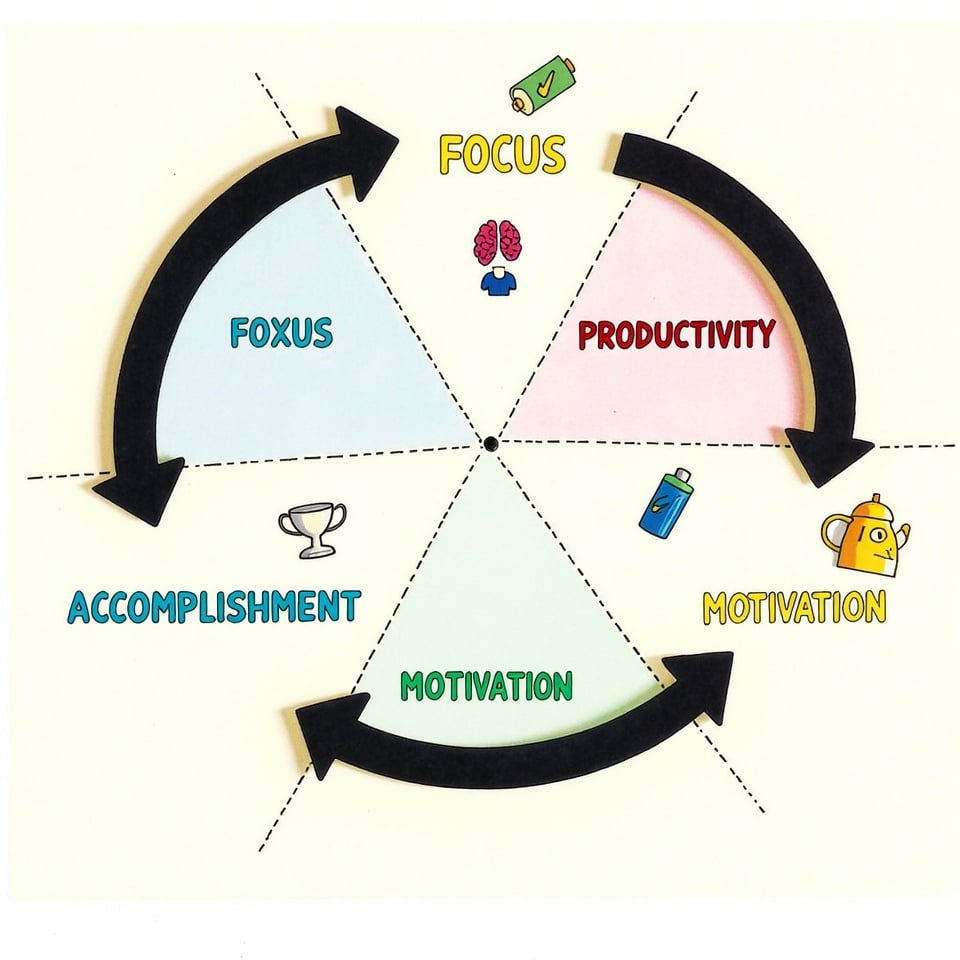A summary is a shorter version of a bigger piece of writing or video. It tells you the main ideas without going into too much detail. Think of it like a quick photo that shows you what’s important.
You see summaries everywhere – on movie posters, in book reviews, and even in school assignments. But writing a good summary can be tricky.
This guide will help you learn how to write a summary easily. We’ll share tips and examples to make you a pro at summarizing.
Table of Contents
Let’s answer a big question:
What is a summary?
A summary is a concise overview of a longer piece of content, such as an article, book, movie, or speech.
A summary takes the main ideas and important points from the original work and puts them into a shorter form. It’s usually about one-third to one-quarter as long as the original.
The goal of a summary is to give readers a quick understanding of what the original work is about. It focuses on the main message and leaves out small details and personal opinions.
Examples of summary
Examples of summaries can be found on various platforms, including movie databases and anime websites.
Let’s look at two examples:
From IMDb, here’s a summary of “The Godfather”:
“Don Vito Corleone, head of a mafia family, decides to hand over his empire to his youngest son, Michael. However, his decision unintentionally puts the lives of his loved ones in grave danger.”
This summary beautifully encapsulates the essence of the movie without revealing major spoilers. It introduces the main character, Don Vito Corleone, and the central conflict of passing on his empire.
It also hints at the consequences of this decision, creating intrigue without giving away specific plot points or twists.
P.S. I added Godfather summary here as an example, because we all know it’s the greatest movie ever.
From MyAnimeList, here’s a summary of “Attack on Titan (Shingeki no Kyojin)”:
“Centuries ago, mankind was slaughtered to near extinction by monstrous humanoid creatures called Titans, forcing humans to hide in fear behind enormous concentric walls. What makes these giants truly terrifying is that their taste for human flesh is not born out of hunger but what appears to be out of pleasure. To ensure their survival, the remnants of humanity began living within defensive barriers, resulting in one hundred years without a single titan encounter. However, that fragile calm is soon shattered when a colossal Titan manages to breach the supposedly impregnable outer wall, reigniting the fight for survival against the man-eating abominations.
After witnessing a horrific personal loss at the hands of the invading creatures, Eren Yeager dedicates his life to their eradication by enlisting into the Survey Corps, an elite military unit that combats the merciless humanoids outside the protection of the walls. Eren, his adopted sister Mikasa Ackerman, and his childhood friend Armin Arlert join the brutal war against the Titans and race to discover a way of defeating them before the last walls are breached.”
This summary does a great job of introducing the world of Attack on Titan. It tells us about the main problem and the most important characters. We learn about the fight between humans and the Titans. It also introduces us to the main characters: Eren, Mikasa, and Armin.
This summary gives us just enough information to understand where the story takes place and what it’s about. But it doesn’t give away the exciting surprises that happen later in the series. It doesn’t give any spoilers.
It’s like a sneak peek that helps us understand the story without ruining the fun of discovering what happens next.
How to write a summary in five easy steps
Writing a summary is an important skill that helps you take a lot of information and make it shorter and easier to understand. It’s helpful for school, work, and even just reading for fun.
Here’s a simple 5-step plan to write a great summary:
1. Read the Text Thoroughly
The first step is fairly obvious: read the material you’re summarizing carefully and completely. Whether it’s an article, book, or video content, give it your full attention. Avoid the temptation to skim or rely on other summaries. This direct engagement ensures you don’t miss crucial points and allows you to form your own understanding of the content. If it’s a complex text, you might need to read it multiple times to grasp all the nuances.
2. Take Notes of the Key Points
As you read, jot down the main ideas and essential details. Focus on capturing the core message of each section or paragraph. Don’t worry about writing in full sentences at this stage; bullet points or short phrases work well. When you take notes, make sure to write down the main points the author’s primary arguments. Note down any significant facts, and any pivotal moments in the narrative. This step helps you distill the content and creates a foundation for your summary.
3. Identify Main Arguments
Review your notes and look for the overarching themes or arguments. What is the author trying to convey? What evidence or examples do they use to support their points? Try to boil down the content to its most fundamental ideas. This step requires critical thinking. As you separate the essential information from supporting details. Remember, a summary should capture the essence of the original work, not every minor point.
4. Write First Draft of Summary
Now, transform your notes into a coherent piece of writing. Start with a sentence that introduces the original work’s title, author, and main topic. Then, present the key points you’ve identified in a logical order, using your own words as much as possible. Try to summarize the main ideas in a short and clear way. Don’t get stuck on small details. Your summary should be much shorter than the original text – about one-third as long.
5. Edit & Proofread
Once you have your first draft, it’s time to refine it. Read through your summary carefully, checking for clarity and accuracy. Capture the author’s main points without inserting your own opinions or interpretations. Look for areas where you can be more concise or where you might need to add a bit more explanation for clarity. Check your grammar, spelling, and punctuation. It’s often helpful to step away from your summary for a short while before this final review. This allows you to approach the text with fresh eyes.
Use Blainy to summarize articles
Writing a summary can be hard and take a long time. That’s where Blainy comes in. Blainy is an AI tool that can help you with writing summaries.
To use Blainy, just copy the text you want to summarize into the tool. Ask AI to summarize it. Blainy will then read the text and pick out the most important points. In just a few seconds, you’ll get a short summary that tells you the main ideas.
This is helpful when you need to quickly understand an article or when you have to read a lot of different sources. Blainy can be a great starting point or a time-saver when you’re in a hurry.
Remember, Blainy is a tool to help you, not do the work for you. Use Blainy’s summary as a starting point, and then think critically about what you’ve read. You can even use the next five steps to make the summary your own.
Final thoughts
Writing a good summary is an important skill that can help you in school and in life. Our five steps can help you get started, and tools like Blainy’s summarizer can make it even easier. Blainy can quickly read a text and give you a short summary, saving you time and effort.
But remember, Blainy is just a tool to help you. Don’t rely on it too much. Use it to get started, and then think critically about what you’ve read. Try to summarize the main ideas in your own words.
As you practice summarizing, you’ll get better at finding and writing the information. This will help you do well in school and in your future career.
Try Blainy Summary Generator Now
Frequently asked questions
What is a summary?
A summary is a short version of a longer text. It tells you the main ideas and important points. A good summary should give you a clear understanding of what the original text is about, without including all the small details.
How long is a summary?
The length of a summary can vary depending on the purpose and the length of the original text. Generally, a summary should be about 10-25% of the original text’s length. For academic papers, summaries are often limited to 300-500 words. For books, they might be a single page or several pages long. The key is to keep it as brief as possible while still conveying all the essential information.
What’s the difference between an abstract and a summary?
Abstracts and summaries are both short versions of longer texts, but they are used for different reasons.
- An abstract is typically used for academic or scientific papers. It’s usually very short (100-300 words) and appears at the beginning of the paper. It outlines the research question, methodology, results, and conclusions.
- A summary can be longer and is more versatile. It can be used for various types of texts, not just academic papers. A summary focuses on conveying the main ideas and key points of the entire work, often including more detail than an abstract.
What is a good example of a summary?
Here’s a brief example of a summary of the fairy tale “Cinderella“:
“When Cinderella’s cruel stepmother prevents her from attending the Royal Ball, she gets some unexpected help from the lovable mice Gus and Jaq and from her Fairy Godmother.“
This summary tells you the main events and theme of the story. This gives you a good idea of what it’s about without telling you every little thing.








